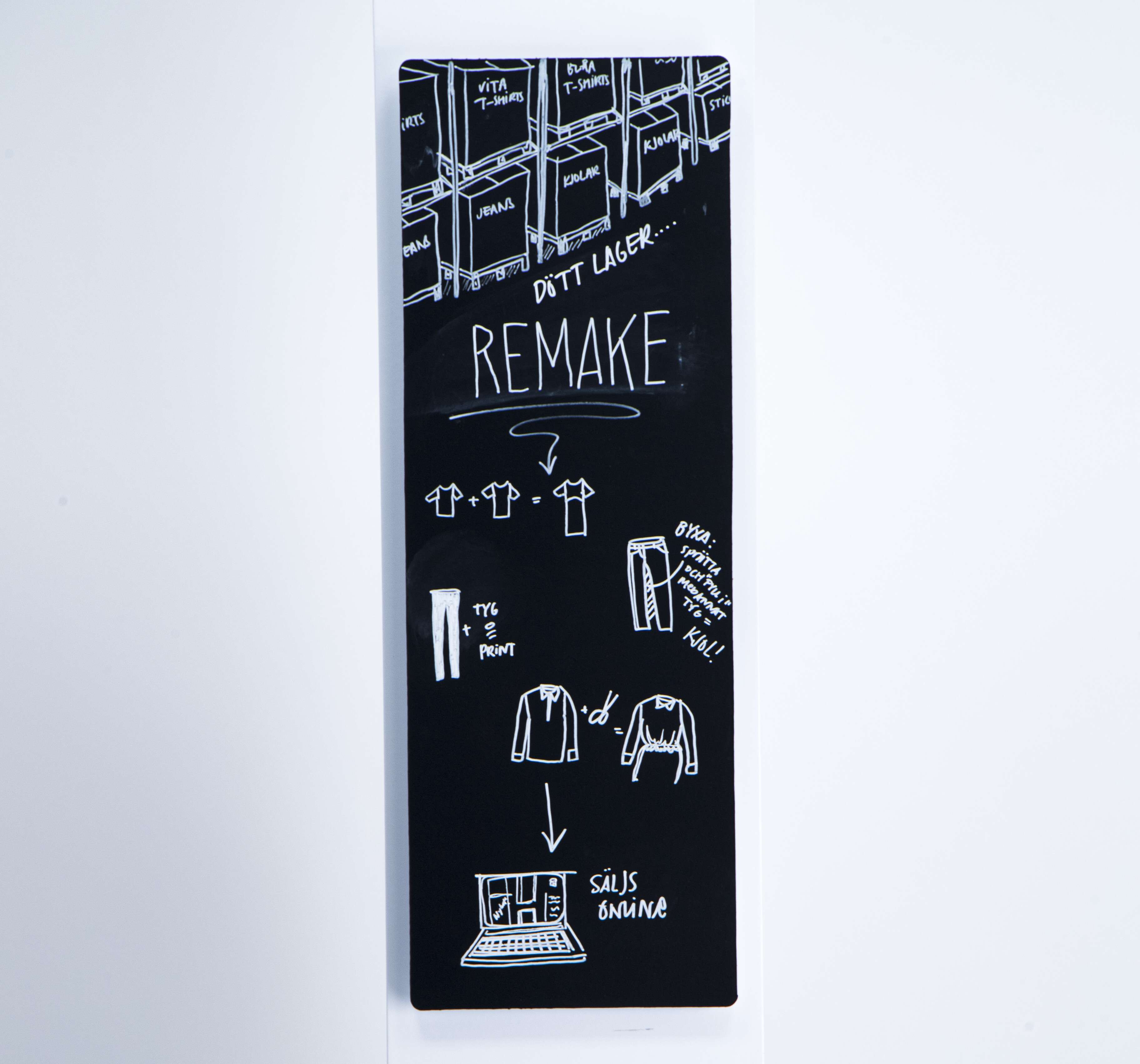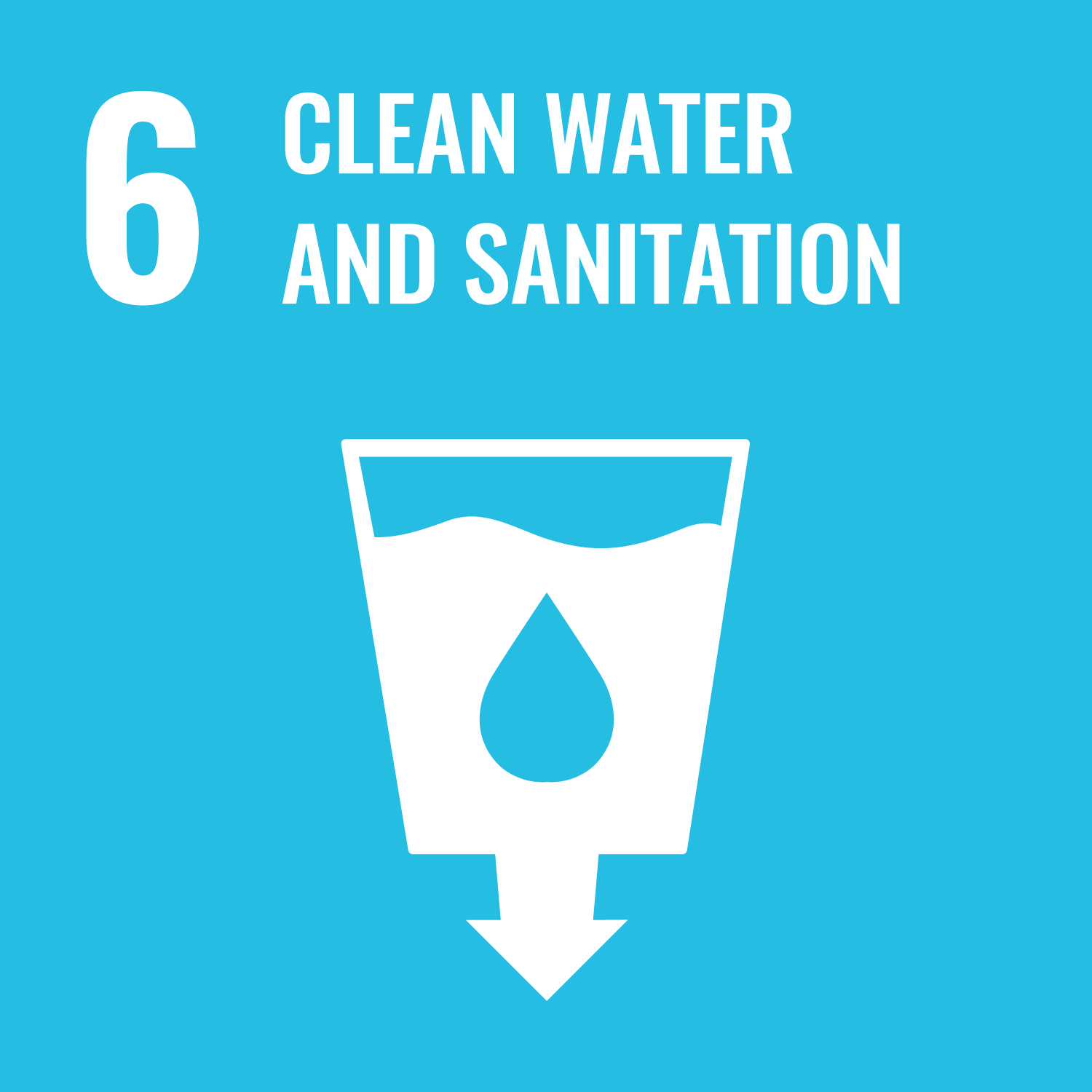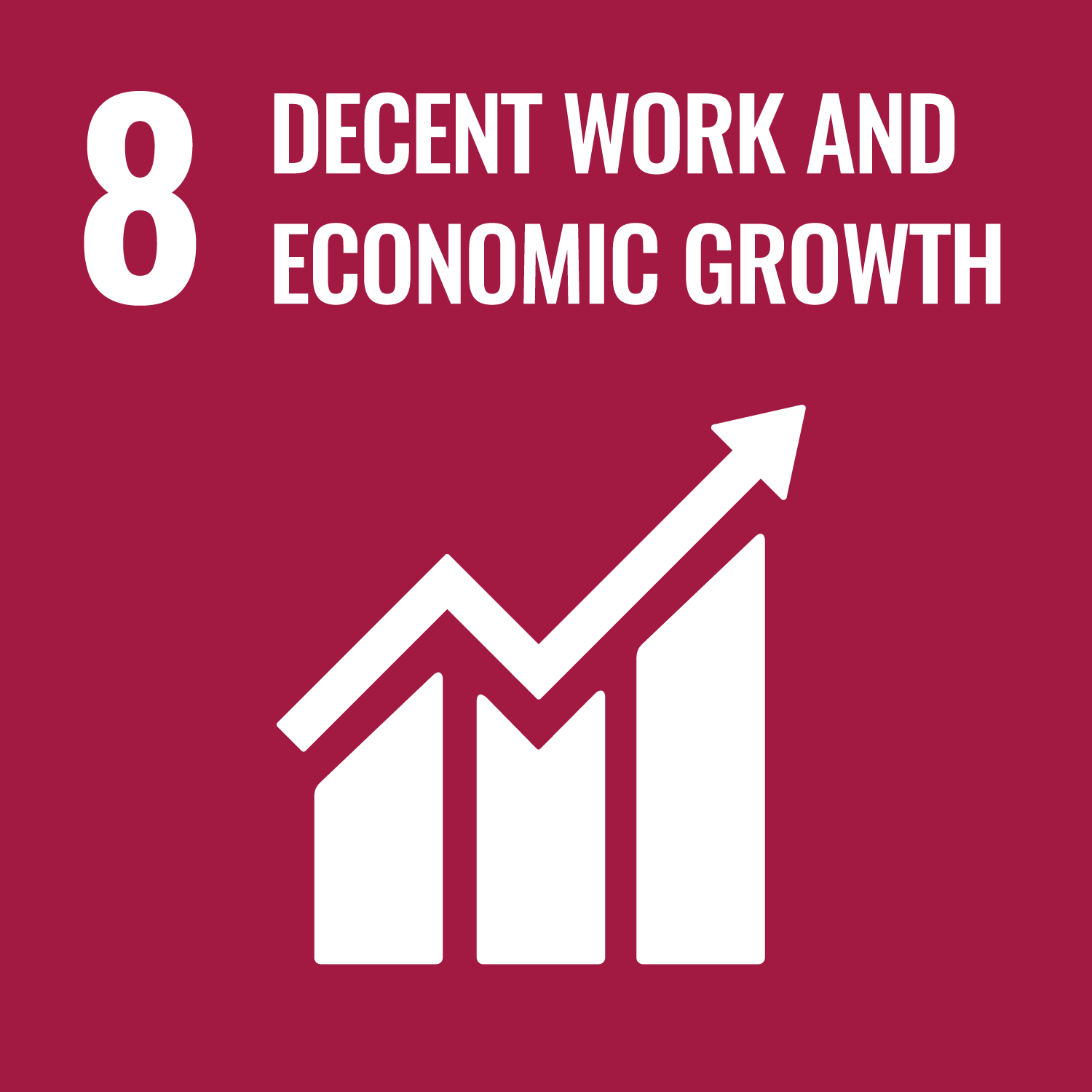
- Re:Craft
- Re:Make

The Re:Craft project is part of Craft Sportswear’s sustainability work where leftover products are remade
and redesigned into a mini collection through innovative design. Each garment´s details are unique, depending on the availability of material.
The project was initiated in a temporary micro factory provided by Textile & Fashion 2030.
Microfactories create conditions for fast production that can be adapted to seasonal fashion.
Craft Sportswear, in partnership with XV Production
■ Efficient use of resources
■ Reduction of waste
■ Sustainable design methods











The fashion industry is facing problems with overproduction and leftover clothes. One way of addressing these problems is by being creative with clothes seen as “dead garments”, such as garment returns and samples from product development. Turning men’s styles into women’s styles, changing garment shapes, adding prints and details can bring new life to these garments – making them attractive to consumers again.
One way to make remake an attractive business opportunity for established fashion brands is through microfactories. A small-scale textile production line that include all the necessary steps, from sketch and cutting tables to sewing and even product photography.
The result could be a mini collection of remade garments, up to date and in line with the demands of today’s customers. Ready to be sold in the online store in less than a week.
All group objects:
Each decision during product development affects sustainability and circularity. To develop products with lower environmental impact, the design team needs to be well aware of each component and process, and their individual and combined effect on the final product and its longevity.
One challenge is having comprehensive knowledge regarding sutainability when it comes to all of the components and processes that are a part of the production and lifetime of the garment. An additional challenge is implementing alternative design methods that do not require virgin components. Ongoing research inspires and shows methods to re-make existing products to have new functionalities and designs with an upgraded look.
With higher traceability when it comes to materials, components, and processes, there are increased possibilities for more conscious decisions. If communicated well, this gives the consumer a better basis for decisions.